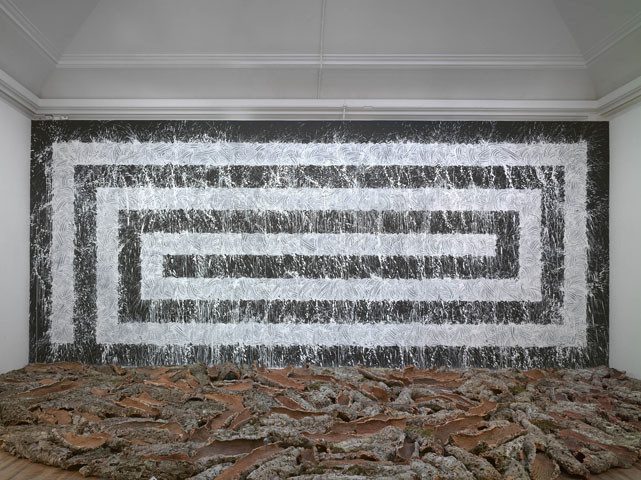ART CITIES:Hiroshima-When Documents Become Form
 The exhibition includes artworks by artists of the international art scene, is part of the collection of the Museum, is aimed to explore the various forms that “documents” take as artistic expressions through a wide range of media including photography, video, and installation. In their quest to visualize the trajectory of movement and the flow of time, and capture transitions in visible states, artists have attempted to document “actions” and “processes”.
The exhibition includes artworks by artists of the international art scene, is part of the collection of the Museum, is aimed to explore the various forms that “documents” take as artistic expressions through a wide range of media including photography, video, and installation. In their quest to visualize the trajectory of movement and the flow of time, and capture transitions in visible states, artists have attempted to document “actions” and “processes”.
By Dimitris Lempesis
Photo: Hiroshima MOCA Archive
Along with photography, technical innovations and the popularization of portable video equipment in the late 1960s greatly stimulated artists’ creativity and came to be used as a new medium of expression. This made it possible to present one-time-only actions, processes, and the passage of time, and transformed video from a documentary medium into a creative expression. The act of creating a work by documenting something also gave rise to a change in perspective in which conventional forms of art such as painting and drawing also came to be seen as documentary or archival methods. In the group exhibition “When Documents Become Form” a group of works is presented divided into four different sections: practices made by land artists who went outdoors from their studios and staged various expressive acts using the earth as their stage, attempts to record the passage of time by moving beyond momentary shots, time-based art in which video was used to document a performance or action and documents focusing on views of people and ordinary landscapes. On exhibition are artworks of: Takashi Ito, Bill Viola, Dennis Oppenheim, Nobuhiro Kawanaka, On Kawara, Hiroshi Sugimoto, Koki Tanaka, Masao Tsuruoka, Tadashi Tonoshiki, Bruce Nauman, Kodai Nakahara, Sho Yamaji, Shizuka Yokomizo, Richard Long etc.



